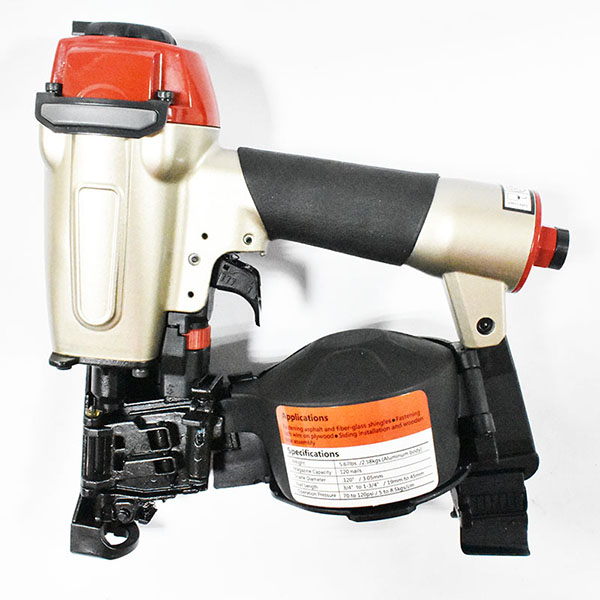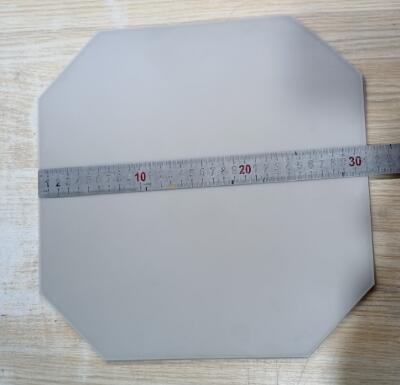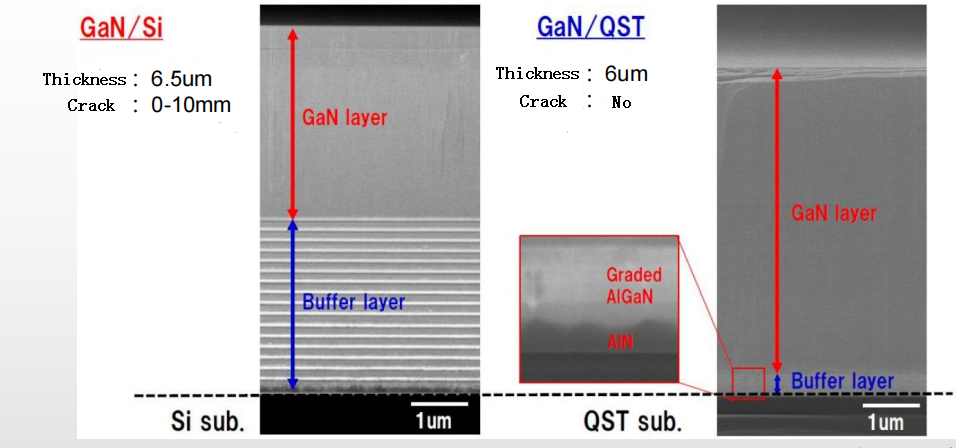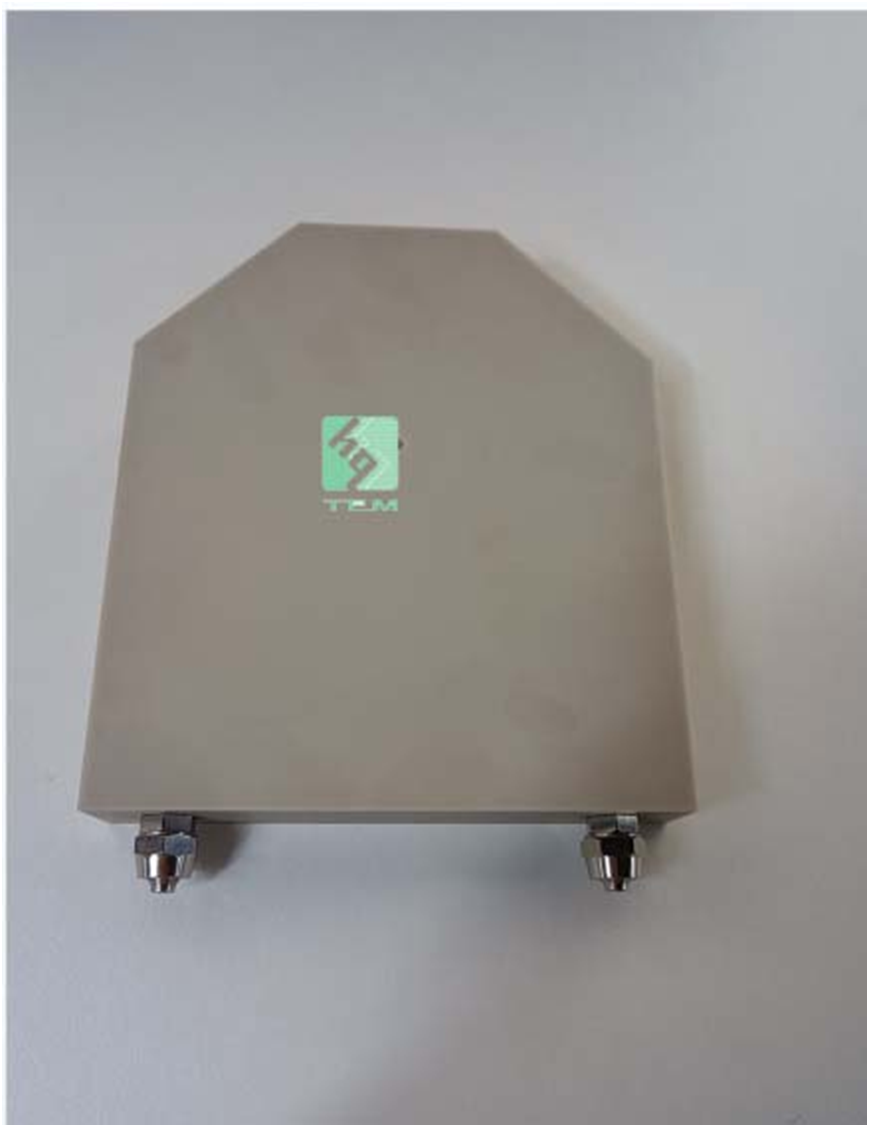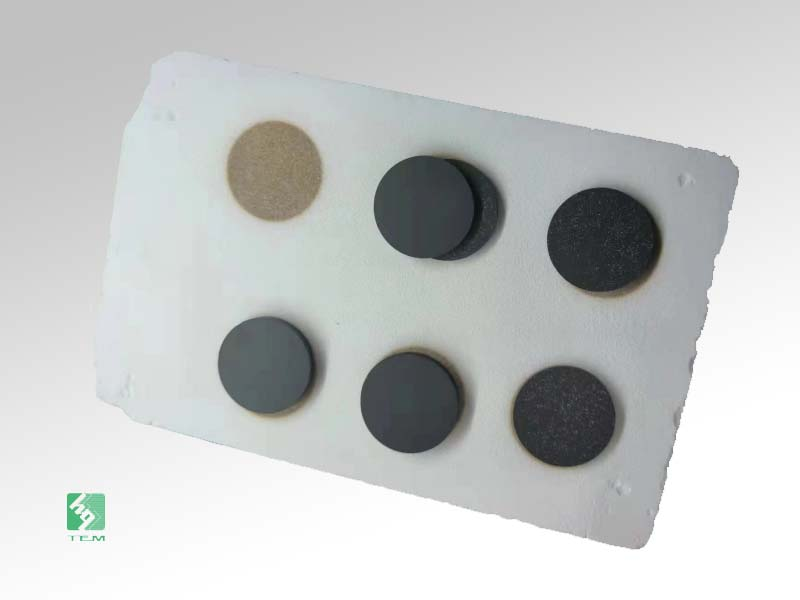5 Tips to Extend the Lifespan of Your Coil Nailer
This blog will tell you some tips for extending the life of your Coil Nailer.
5 tips to extend the life of the coil nailer include :
1.Correct operation and regular inspection : Follow the instruction manual of the equipment and use the coil nailer according to the correct operation process to avoid damage to the equipment due to misoperation. Regularly check the various components of the equipment, such as cylinders, solenoid valves, pistons, etc., to ensure that they are working properly. If any abnormality is found, repair or replace it in time .
2.Keep equipment clean and lubricated : clean up dust and oil regularly, apply appropriate amount of lubricating oil to reduce friction and improve work efficiency. Regular lubrication of moving parts to reduce wear and failure rates.
3.Reasonable control of operation speed : operation speed is a key factor affecting the use of time. Too fast working speed may cause the coil nail to be fixed unfirmly, and too slow speed will affect the work efficiency. By testing the fixing effect at different speeds, adjust the output of the power system to ensure that the coil nail can be effectively fixed .
4.Avoid using the device for a long time : Continuous use for a long time may cause overheating of the device and affect the service life. During use, take a proper rest and let the equipment cool .
5.Choose high-quality accessories : When replacing parts, choose high-quality products with reliable quality to ensure the stability and durability of the equipment. High-quality accessories reduce equipment failures and extend service life .
SUNWELL offers high-quality coil nailers and accessories. Visit the SUNWELL website(www.hfsunwell.com) today to learn more.
